Ten years ago, reaching out to customers was easy if you could craft a compelling message section over the newspaper or radio. And that’s it! You’re done! Now we’ve got a whole slew of TV channels, millions of websites and infinite “Applications” along with the alphabet soup DMP’s, API and SDK.
Marketing is the process where producers of goods and services aim to find the existence of a demand for certain services and products and then provide solutions to the needs and ways of making customers aware of the solution. Today, as companies operate in the free market, identifying and retaining customers to create consumer-focused marketing principles are of paramount importance.
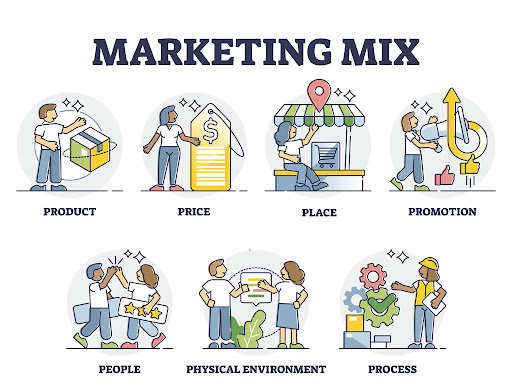
Marketing mix follows a logical sequence of steps. How? Let’s dig deeper. Say you’re planning to launch a new line of skincare products. Do you communicate the benefits of your face serum or help the customers identify the need of integrating cruelty-free moisturizer into their skincare routine?
With systematic marketing principles- You start with a product. Then, you put a price on it. Next, work out how to place it to move. And ultimately, you promote it.
The Principles of Marketing
The principles of marketing follow a logical sequence. First, you identify the target consumer for your particular product or service. Then, you understand the primary factors in determining consumer wants and how to get your products to them.
Marketing principles have been around since the 1960s’; these principles stood the test of time and remained the same- with a little variation here and there- for years. The variation in the marketing mix dates back to the 1980s when three more principles were added to the original four principles.
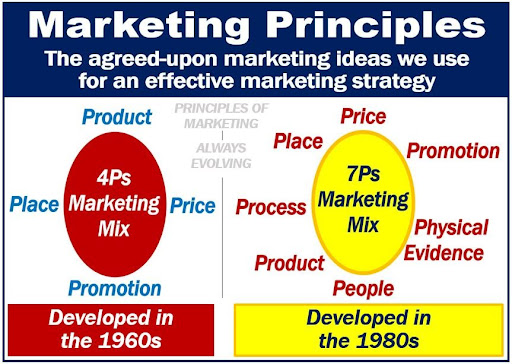
These principles are a great rule of thumb and can transform your marketing campaigns into a more efficient pipeline.
The marketing mix, also known as the 7P’s, is as follows:
Product
This is the first step of the marketing mix. Without a product, there is nothing to market! The product should aim to fill the gap in the market in some way or fulfil some consumer needs. The product should be designed per the consumer needs and desires. If you plan to sell a profitable product, you need to scan the plan, look at your product from the buyer’s persona, and consider all these essential factors in your plan.
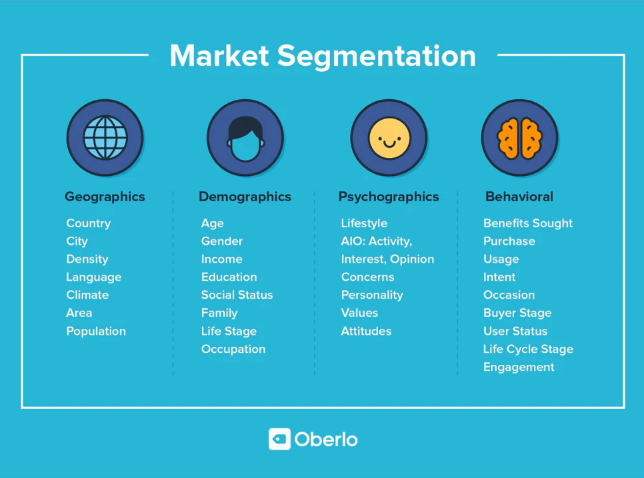
These factors may include:
- What is the Quality of your product?
- How different is your product from others in the market?
- What is the selling point of your product?
- How safe is your product for the customers?
You not only need a quality product but also be able to successfully define the Quality of your product to your prospective consumers and turn them into long-time customers.
Price
The price of a product should be one that customers prepare to pay while simultaneously allowing the manufacturers to profit. The price depends on the production cost, the desired level of profit, and the price of competing products.

There is more to price than the contribution price in market-oriented pieces through in-depth market research. Here’s what you need to look into:
- What are your customers willing to pay?
- What are the prices of other products in the market that fall under the same category as yours?
- What are the goals your company has set to reach?
Determine the price of your product or service after understanding the market value or the market value you offer. If you ask for a higher price value, customers will have more expectations from your product, and you should live up to their expectations for future engagement. You can also adjust the price with time to ensure it is right for your current market.
Promotion
You can make consumers aware or attract them to your product or service with the promotion. Your promotion should show the product in its best light and reach the consumer. The target markets are likely to respond in varied promotions that should be kept in mind when creating a promotional campaign.
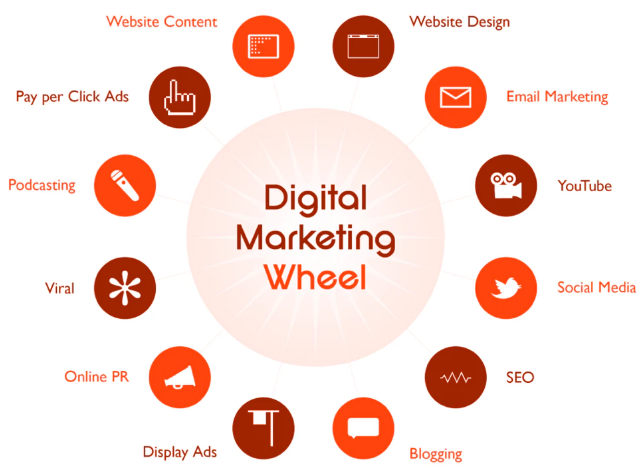
Different methods are used to let the market know about your product or services. Here’s how expert marketers reach out to prospective customers via promotions:
- Email Marketing: Here, you connect with the target audience through emails.
- Advertisement: It is a paid promotional tool that marketers use to promote their products or services through TV commercials, magazine ads, social media promotions or local marketing tricks like supporting events with branded clothing for staff or attendees.
- Search Marketing: Under this type of promotion, the focus is to generate leads from search engines through SEO and SEM. Search marketing includes techniques like ranking your webpage high on the search engine landing page on the product to drive website traffic.
- Sales Promotion: This is a temporary incentive, such as deals or trails offered for a limited period. These promotions encourage prospective customers to try products or services before purchasing.
- Direct Marketing: Here, you directly reach out to the target market and build two-way communications.
- Public Relations: Public relations present a favourable image of your product or service. This includes reaching the target market via trade shows, webinars, virtual events, etc.
- Product-led growth: Product-led growth focused on product-driven user acquisition, expansion, conversion and retention.
Place
The place is where your product or services are available for purchase to the customer. It can be a brick-and-mortar store, an online website, or you can marketplaces like Amazon, eBay, and Bonanza.
An expanded audience. Here, you decide whether your product should be sold in all markets or is more suitable for a particular region or country, the choice of retailers for a particular region, and so on. For example, if the product is a toy, it should be available in toy stores, where people expect to find toys.

A company needs to choose the right place convenient for customers and reach out to the potential audience to increase the product’s sales. Therefore, careful planning of distribution and placement of your product or service is important for a successful business.
In addition, in today’s digital age, no matter where your store or services are located, a digital presence makes a huge difference in connecting with the right consumer base, as more and more people tend to go online for their needs.
Understanding the Later Additions – 4 Ps
Marketing principles in 1981 by integrating three additional principles some businesses have used for 4Ps mentioned above since the 1980s.
People
People make the business organization. From team members to reporting managers to customer service representatives, all play a vital role in the progress of a business organization.

Hiring the right people or training the right people is essential for a company, so customer concerns and needs are satisfied and are necessary for business growth. In addition, hiring driven and trained people to do their work can make a massive difference in creating and implementing the marketing plan.
Packaging

Packaging is another important principle of marketing. The right package is a prominent factor in making a good initial impression. Packaging refers to how your product or services are represented to the people. Good packaging is the best way for your product to get noticed and stand out so that people choose you over your competitors.
Physical Evidence
Physical evidence includes the things customers see when they interact with a business. Ensure that the environment where you provide your products or services is user-friendly, attractive, and represents your brand value.

Physical evidence also includes the customer’s experience with your product or service. For example, it can include case studies and testimonials of content customers wherein a customer can read or see the result of your product and develop some level of trust that encourages them to choose it.
Process
Some businesses often use one more marketing principle that is processed. Process refers to the whole experience from start to finish. It also applies to helping the product or service and handling the customers. If your customers are happy and satisfied, it makes a huge difference in how fast your business grows.
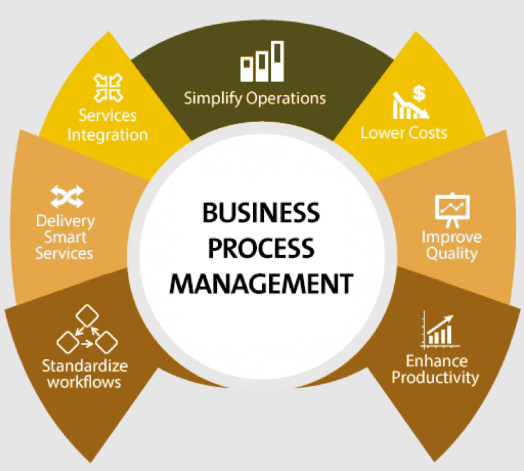
All marketing mixes play a prominent role in building a brand image, and the whole process is called marketing planning.
Why is Branding Important?
Branding your product is essential for its success. Consumers tend to identify with products based on their branding and stay loyal to their favourite brand. So branding is essential now more than ever. And therefore, your brand should reflect effortlessly through its logos, descriptions, and advertising.

Your branding should amplify the identity of your product while offering something that consumers can relate to. So we expect to give a high-end branding impression from a luxury, high-end product.
Erroneous branding is a key reason why products fail to win over consumers. One example is when the American Dairy Association used the “Got Milk?” campaign in Spanish-speaking countries where it translated into “Are you Lactating?”
Today, when each company plans to outrank its competitors in each way possible, the brand is lucky if they get two seconds of a prospect’s time, giving branding blunders no space.
In Conclusion
Marketing is one of the fastest-growing industries, and it is a chance to be creative and strategic. The end goal is to have a happy and satisfied customer. By aligning the marketing principles to the target customer market, you’ll be able to achieve this goal and grow your business.
